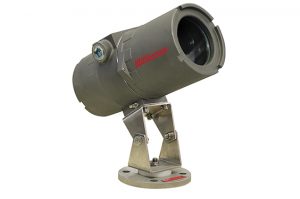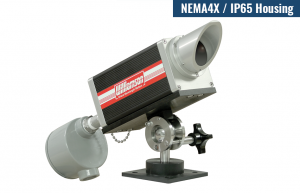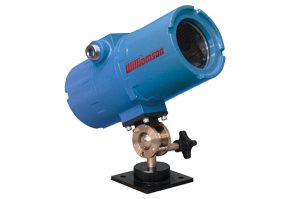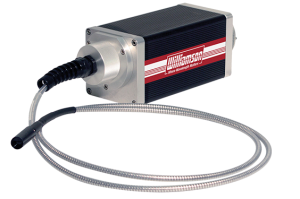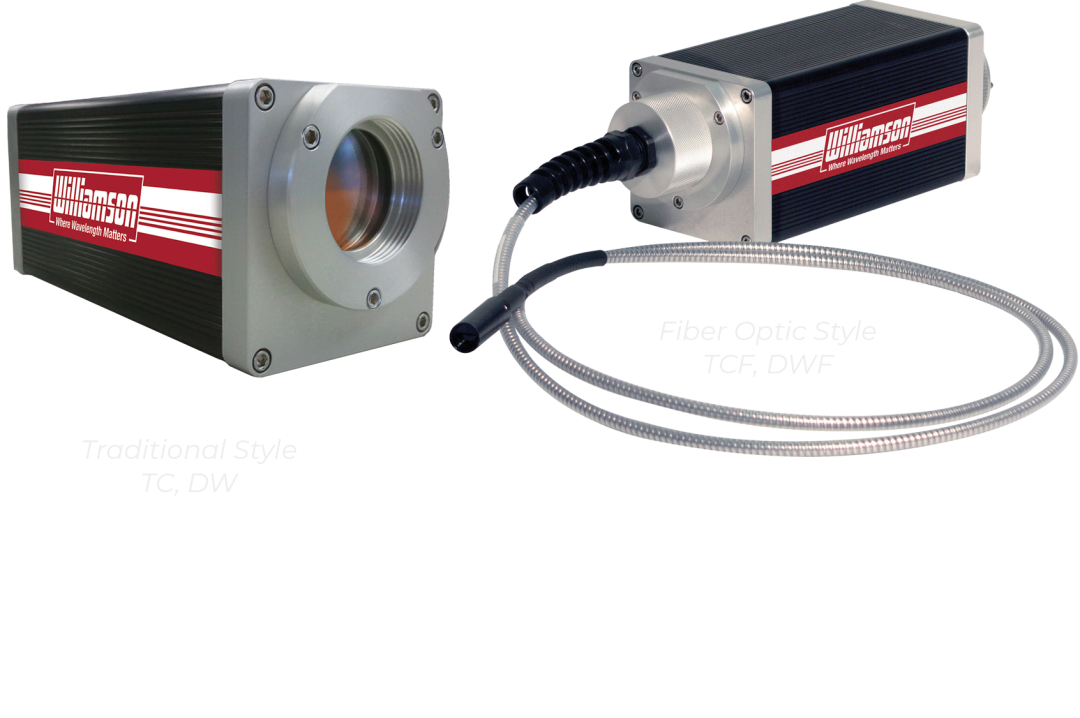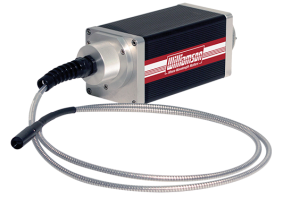Infrared pyrometers
Single, Dual and Multi Wavelength non contact temperature measurement for industrial applications
Wide range of industrial grade models for steel, aluminium, glass, petrochemical, food and many other applications
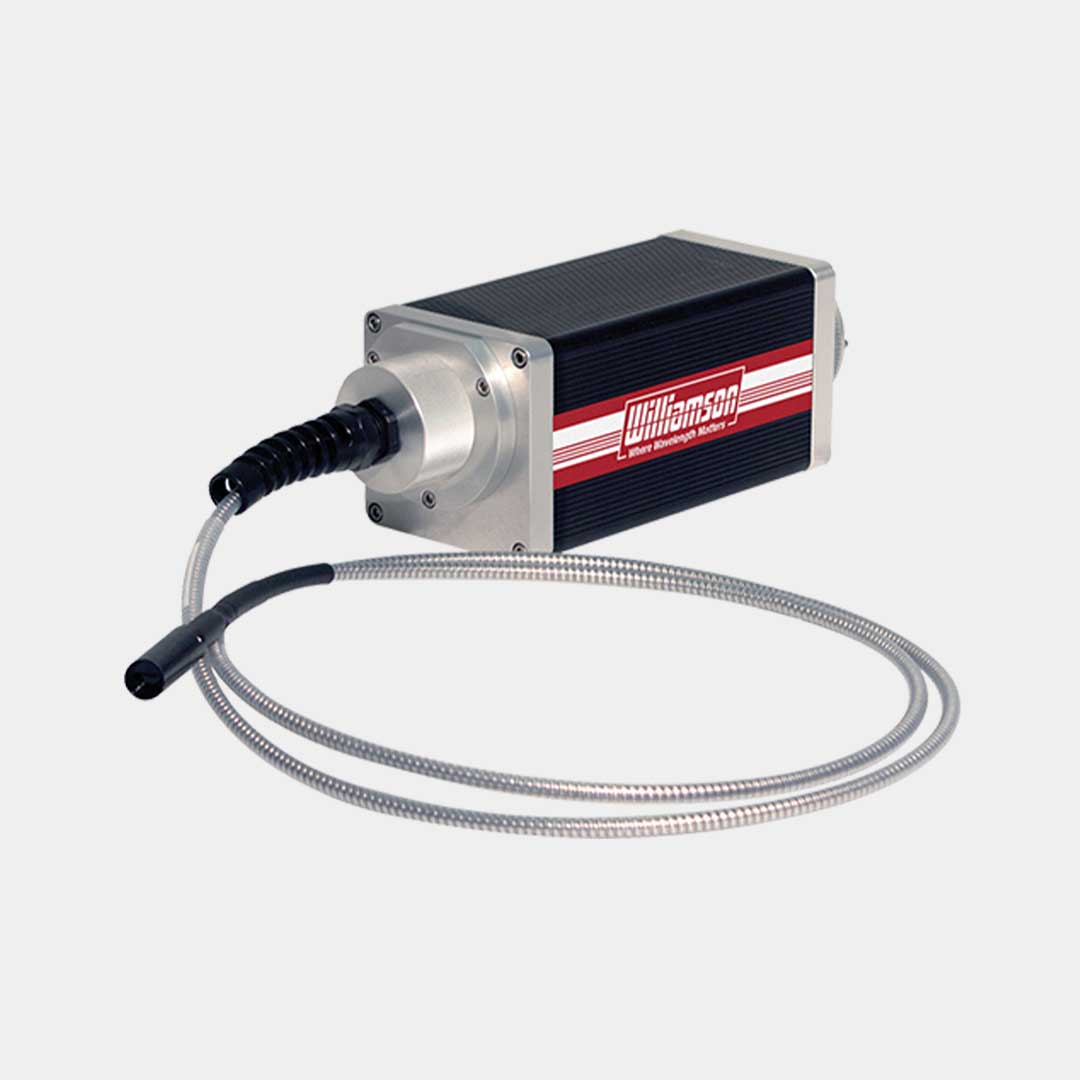
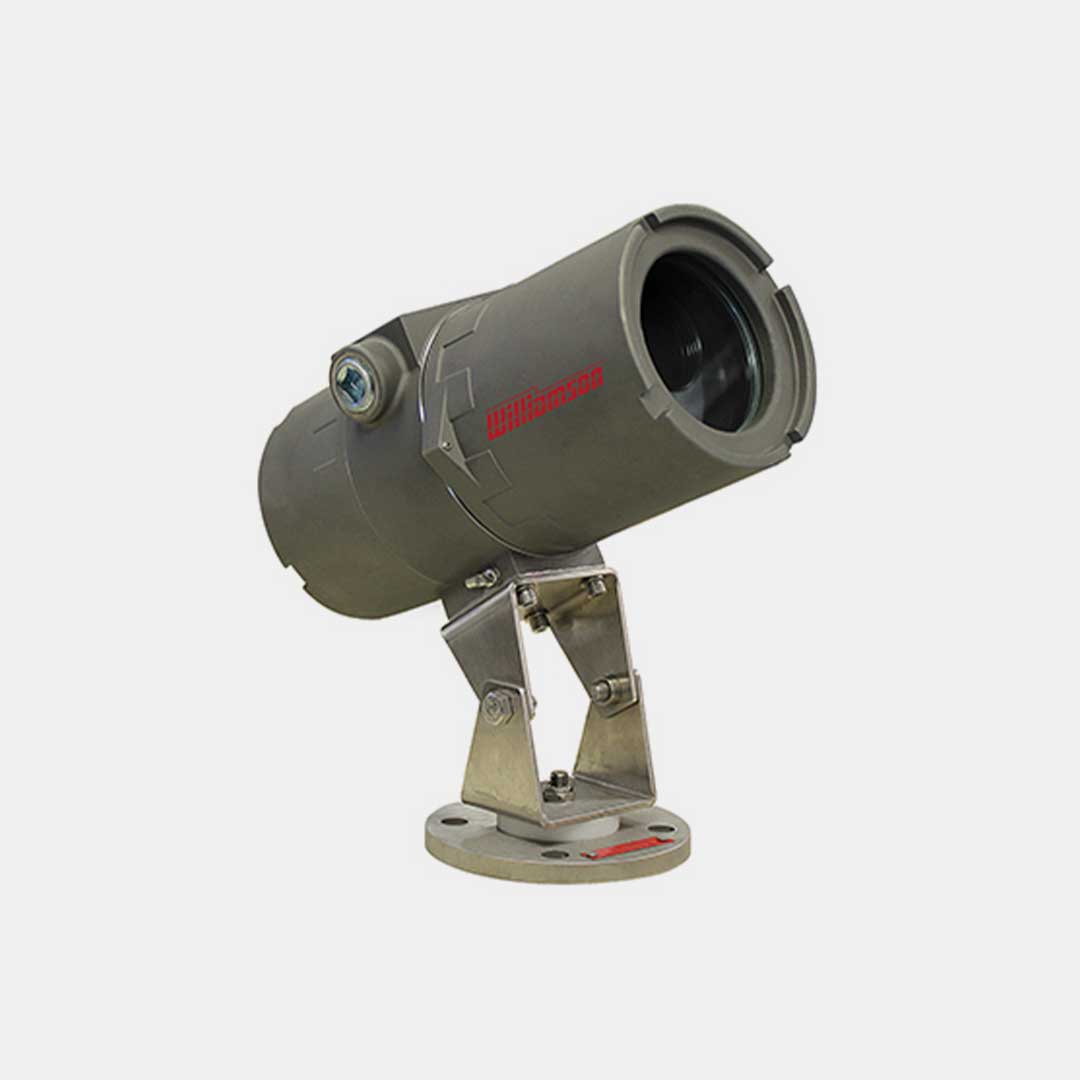
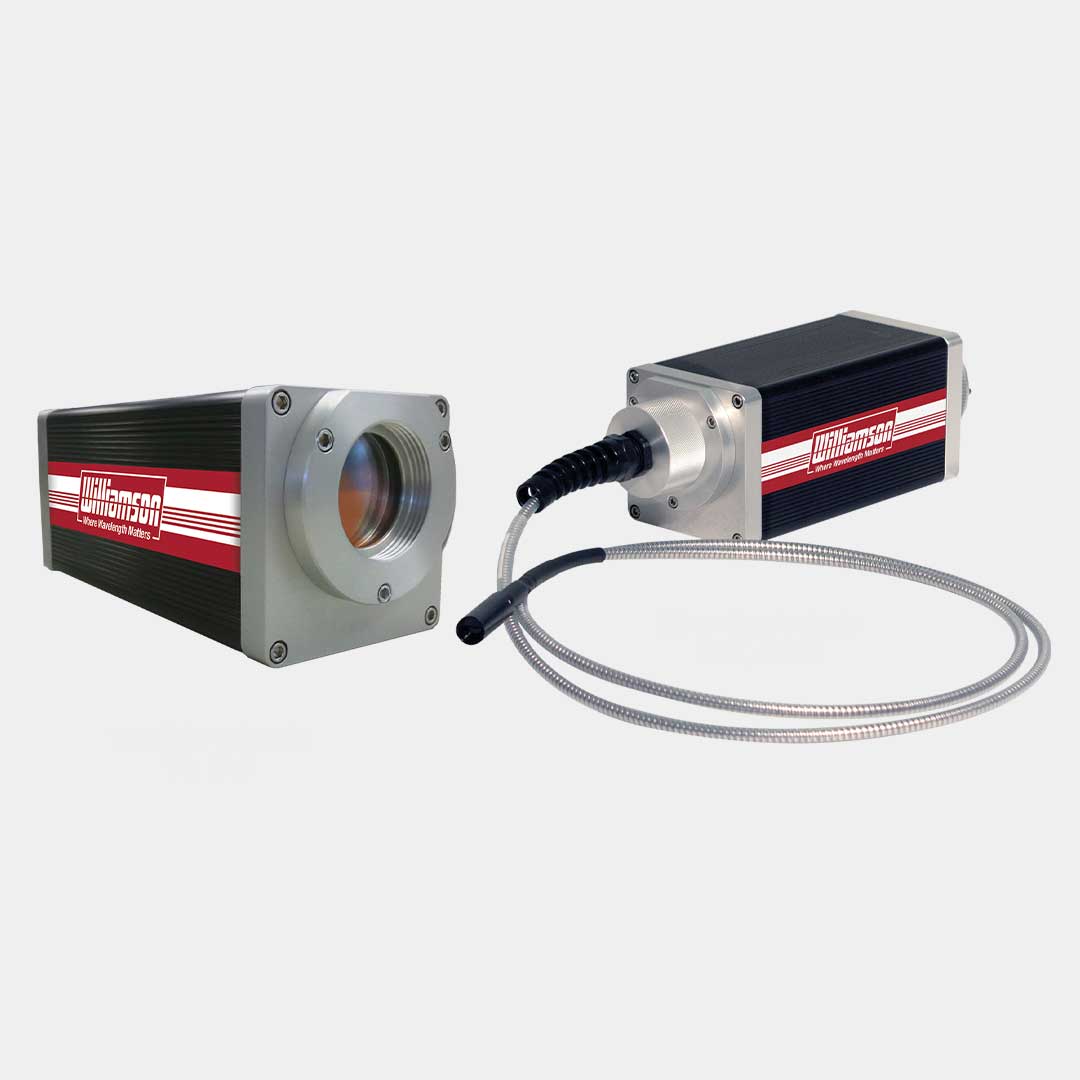






Non-contact infrared pyrometers for industrial applications
Williamson have manufactured Infrared pyrometers for 60 years developing customised solutions for the most demanding applications in the Industry.
With our range of pyrometers, we can offer single wavelength, dual wavelength and multi wavelength systems that are designed to meet each specific application over the widest of temperature ranges. Thoughtful wavelength selection can dramatically reduce or eliminate errors due to optical obstructions, changes in background, misalignment, and emissivity variation.
Pyrometers for a diverse range of applications
We have a vast database of installations we can draw on to provide the best application advice to our clients on which pyrometer to choose for your application.
Our Infrared pyrometer range cover applications in Steel, Aluminum, Petrochemical and Incineration, glass, food, cement, and many other industrial applications.
Infrared temperature sensors provide users with an optical temperature check on all kinds of material. Our industrial range of pyrometers can be used in many wide and diverse applications. These Non-Contact Infrared Thermometers are designed in rugged IP rated cases to be used in the harshest of industrial environments.
Single point temperature measurement and thermal imaging
Fixed spot thermometers can be positioned in a location to view the product or process and measure the temperature without touching the product. This can be done on a continuous basis, so you have a real time trend of the product temperature during the process.
Thermal imaging is also possible using our range of industrial pyrometers, where a single pyrometer can be mounted on a scanning arm to move the pyrometer across the material to obtain a profile, or an array of fixed pyrometers looking at various points on the material can also be used to create a thermal image. Sophisticated software is available to connect the non contact pyrometers to a central computer for data collection and visualization in 2D & 3D.
Pyrometers for the full range of low and high temperatures
Williamson pyrometers have a wide temperature range. Our single wavelength systems are suitable for applications where a low temperature pyrometer is needed, while we have single, dual and multi wavelength units where high temperature pyrometers are needed.
Williamson are a world leading industrial pyrometer manufacturer and our IR pyrometers come pre calibrated to a certified range. These industrial pyrometers can be recalibrated against a black body calibrator to meet our clients needs with regard to periodic & traceable calibrations.
- Pyrometer
- Infrared Pyrometers
Typical infrared pyrometers questions answered by our experts
How do infrared pyrometers work?
An Infrared pyrometer focuses light coming from an object into its optical system and to a detector. The detector is known as a thermopile. When light at a specific wavelength is seen by the thermopile it will respond and change in electronic output.
As an object changes in temperature the radiation given off in the IR spectrum will change. This change can be detected very accurately by an infrared pyrometer. Pyrometers come in various configurations using different wavelengths of light for different temperature ranges.
What are the different types of Infrared Pyrometer?
Typically there are 3 types of infrared pyrometer. Single wavelength pyrometers are preferred when appropriate as they can tolerate changes in emissivity; these come in various types short, mid and long wavelength depending on the application. Dual wavelength pyrometers or ratio pyrometers are another type used where 2 measurement wavelengths are used in a single pyrometer; these are used in applications where there is only a partial field of view or optical obstructions like dust for example. The third type of pyrometer is a multi wavelength pyrometer; these are typically used on highly reflective surfaces such as Aluminium where there is a high emissivity variation. Multi wavelength pyrometers can cope with very complex materials using a real time measurement and compensation of emissivity.
Are Infrared pyrometers accurate?
Infrared pyrometers come in various types of ranges and accuracy. If the correct model is selected for the application Infrared pyrometers can be just as accurate as platinum resistance sensors or RTD’s. Typical accuracy can be in the region of 0.1C if the correct pyrometer is selected for the material.
Are Infrared pyrometers safe?
Infrared pyrometers emit no IR energy, they are looking for IR energy radiated from the material to be measured. So in this case pyrometers would be regarded as safe.
What is the range of radiation pyrometers?
Infrared pyrometers operate in the range of 0-2000C and the model selected would be dependent on the material and temperature range.
What is the difference between a pyrometer and thermometer?
Pyrometers are non contact devices measuring the IR radiation emitted by a material at different temperatures. A thermometer uses a physical change in material due to temperature change to measure the temperature.
What is emissivity?
Emissivity is a measure of the thermal energy radiated from a surface, emissivity will change depending on the material type. A black body would be regarded as a perfect emitter and have an emissivity of 1.0 or radiate the maximum amount of IR energy.


